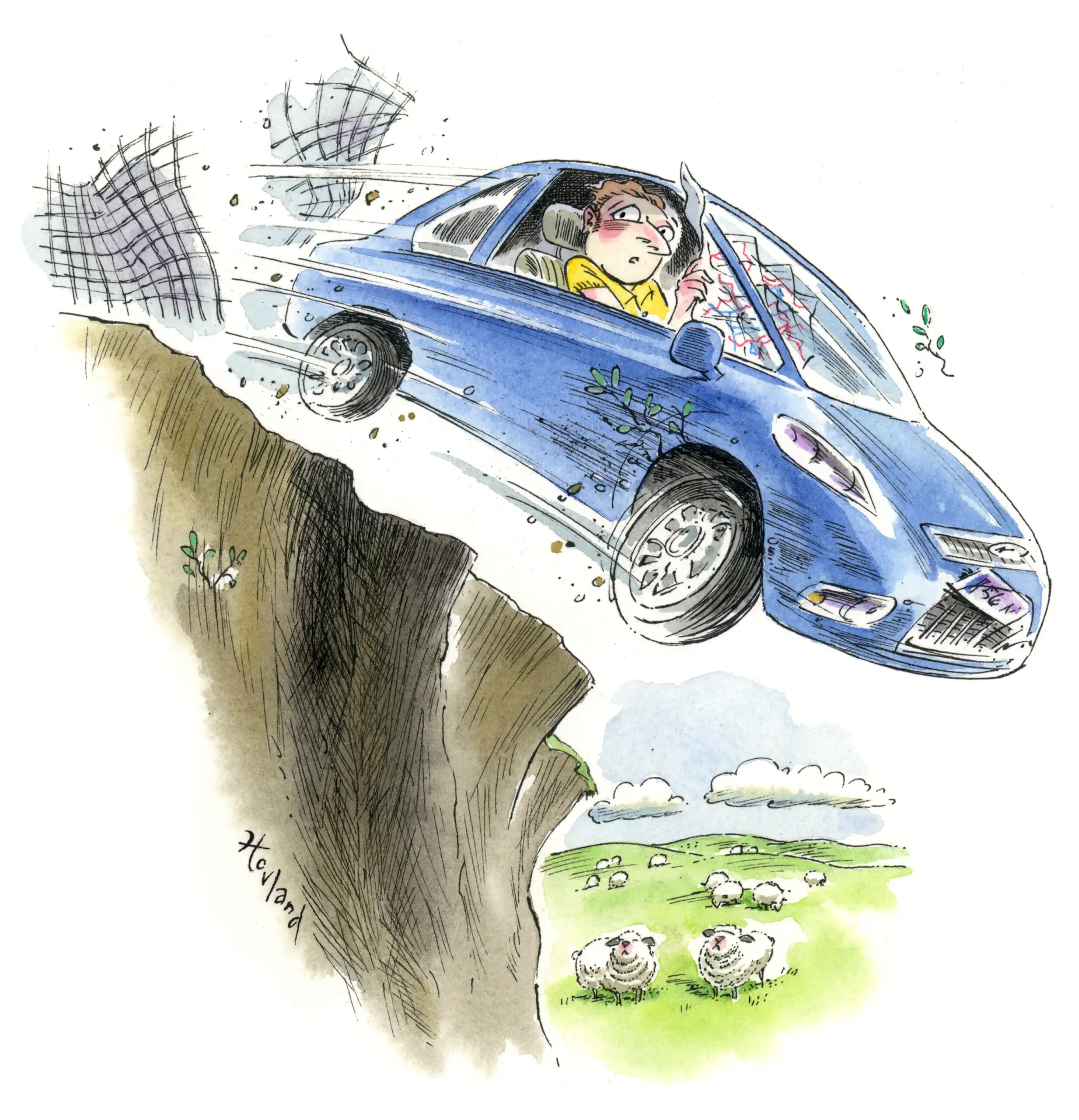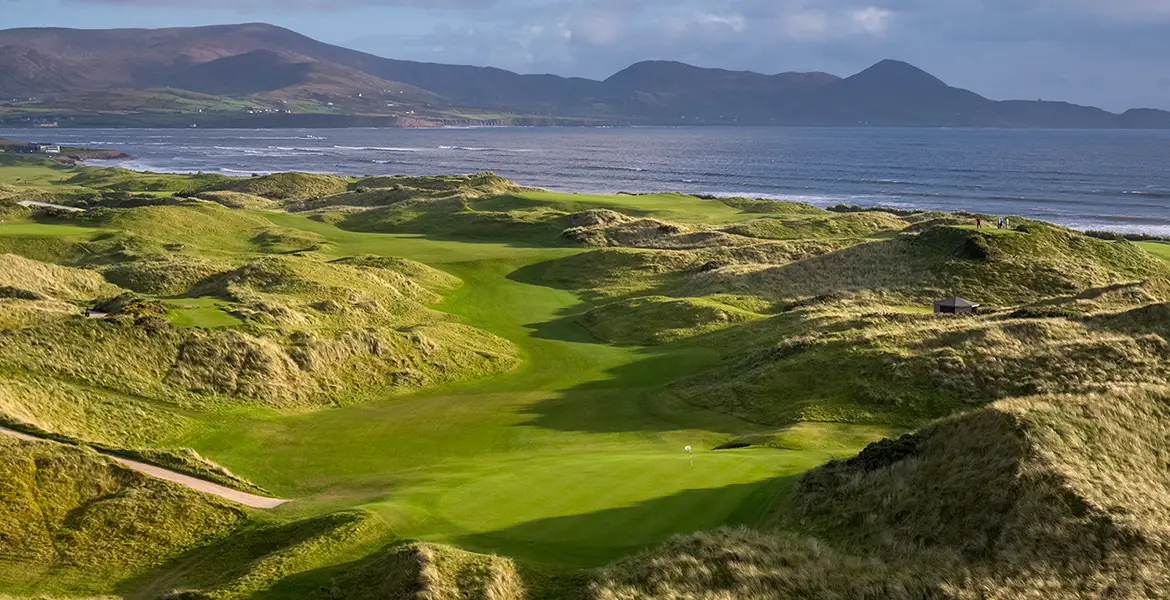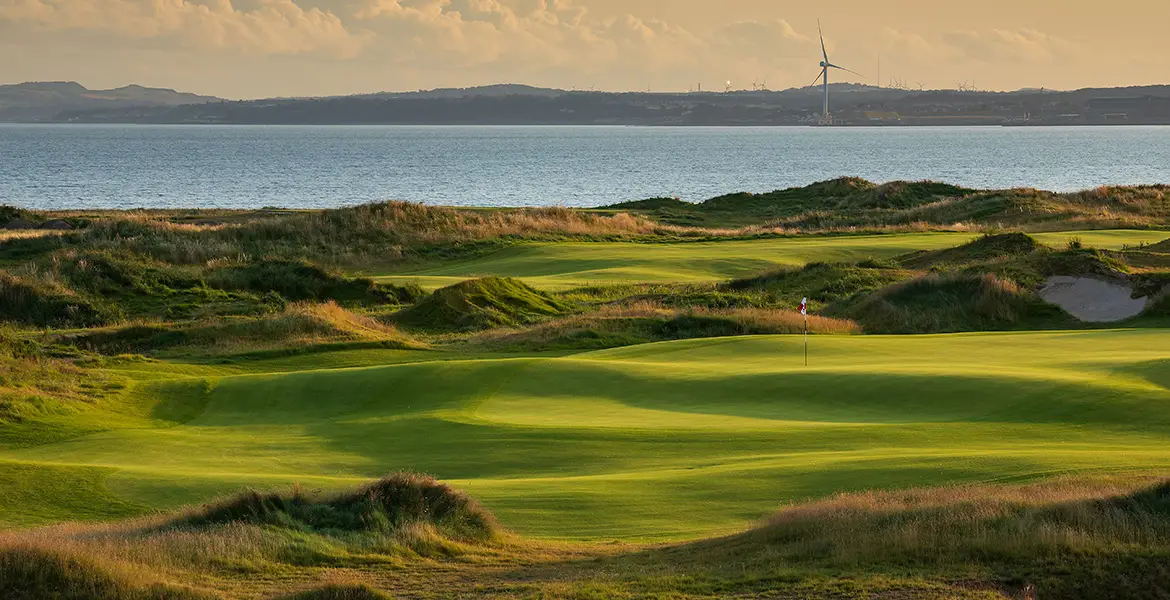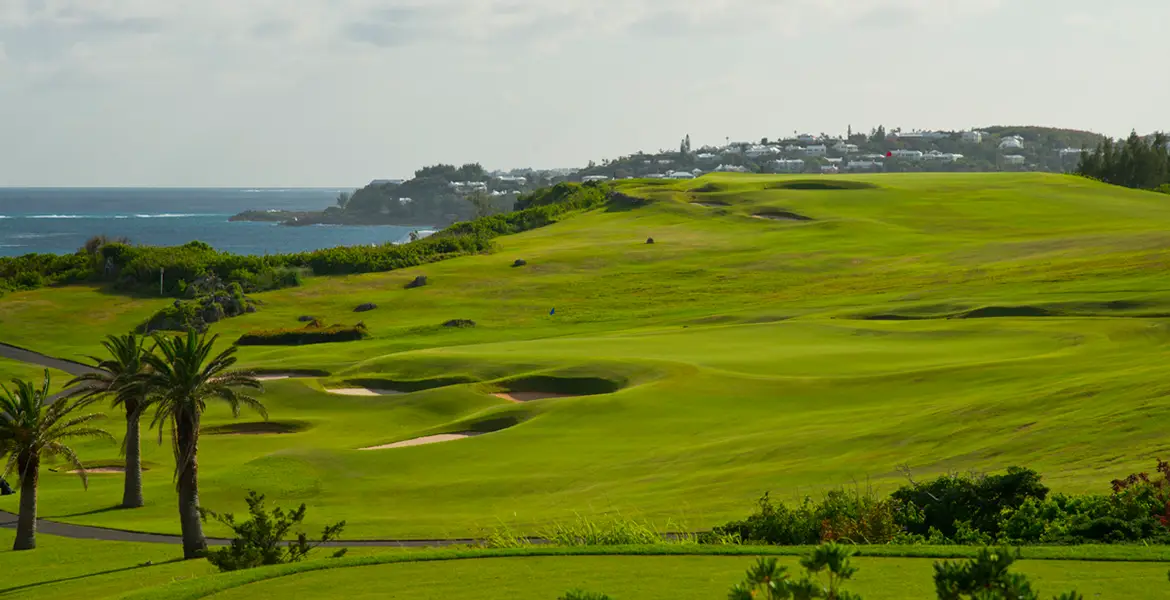I’ve tried to love Ireland, but it simply has never loved me back
With the Open Championship soon to be played at Royal Portrush, several pieces in this edition of LINKS focus on Ireland. Indeed, the issue is pretty much a love letter to the Emerald Isle.
Except for what you’re about to read.
I’ve tried to love Ireland, I really have. But the place just hasn’t loved me back. It has nothing to do with the golf courses—they’re wonderful. In fact, I consider the top 10 courses in Ireland to be superior to the top 10 in Scotland, largely because they’re sited on such jaw-droppingly beautiful terrain. The entire Irish landscape is captivating, from the impossibly green hills to the misty boglands, fairy glens, and haunting coastal cliffs.
Nor do I have anything but affection for the Irish people, who exude a delightful mix of wit and wisdom that is unmatched in the English-speaking world. Golfwise, think no further than Rory McIlroy, Padraig Harrington, and Paul McGinley—three of the most cerebral and articulate players in the game—or three more, Darren Clarke, Shane Lowry, and Graeme McDowell, any one of whom you’d be blessed to find sitting on the barstool next to you.
No, my issue with Ireland is the alleged Irish luck—which I’ve never experienced. Four instances come quickly to mind.
BALL-LESS AT BALLYBUNION
My wife and I were on our first trip to Ireland, and famed Ballybunion was the first course we were scheduled to play. The club’s secretary, a local legend named Sean Walsh, greeted us warmly, treated us to a fine lunch, and dispatched us to the course with a cheery, “I’ll be there to welcome you at the 18th green.”
Libby, despite being a less than enthusiastic golfer, had gamely agreed to tag along and hit shots here and there. We hadn’t brought her golf bag across the pond, but I’d had the good sense to pack four or five of her clubs into my bag. What I hadn’t had the good sense to pack was a sufficiency of golf balls, and when I reached into my ball pocket on the first tee, I discovered I had only five of them.
But if there are two things I’ve been all my life, they are 1) optimistic, and 2) cheap. Granted, the tumbling fairways of Ballybunion were lined with thick fescue rough, and yes, it was a windy afternoon. But hey, we could handle it. There were no water hazards, Libby rarely hit a ball far enough to lose it, and I’d just damn well play damn well. More importantly, golf balls in Ireland cost twice what they did in the U.S., so a pro shop visit was out of the question.
Long story short, by the 17th tee we were down to one ball. When I then thinned my 9-iron approach deep into peril beyond the green where a lengthy search produced no joy, I knew I would have to give Secretary Walsh a cogent explanation (other than the truth, which was far too humiliating) for why I’d walked rather than played the 18th hole. I went with a literally lame excuse, fake-limping the 380 uphill yards in the hope I could convince him I’d twisted my ankle. He seemed to go for it, but then, Sean Walsh was a very kind man.
DUBLIN PNEUMONIA
The weekend prior to the 2006 Open Championship at Royal Liverpool, I decided to cram in four rounds of golf in the Dublin area—36 holes at Portmarnock followed by 18 each at The Island and Royal Dublin. By Sunday afternoon, with one round to go, the skies over Dublin Bay were looking a bit threatening, but I really wanted to get a look at Royal Dublin, a classic out-and-back links with the final hole a nutty right-angle dogleg calling for a bold second shot over a stretch of OB. It was late afternoon, the course was empty, I was on my own (and an optimist), so I figured I could play in well under three hours and thereby beat the weather.
Once again, I miscalculated. By the time I’d made the turn, a full two miles from the clubhouse, the skies had opened up, and they wouldn’t be closing anytime soon. I had an umbrella, but no rain gear, just a sweater that now weighed twice as much as it had on the first tee. This being a proper links, there were no trees under which to take cover, and the blinding rain and wind had gotten me so turned around I wasn’t even sure which way to head to the clubhouse. My shelter turned out to be the lee side of a deep Harry Colt bunker just short of the 11th green, where I hunkered and shivered for what seemed like a month but was actually about an hour before the rain abated sufficiently for me to splash-walk to my car.
The next day, I made my way to a B&B in Liverpool where I remained confined for the entire week with a head cold that was later diagnosed as walking pneumonia. I never made it to the Hoylake course and didn’t witness a single shot of Tiger’s third and final Open victory.

CARNE WRECK
I have two favorite Irish places to play: Lahinch, which is the St. Andrews of Ireland; and Carne, which I think of as Ireland’s Cruden Bay for its elevated seaside tees, huge dunes, and nestled greens that are as fun to photograph as they are to play. The only issue with Carne is its remoteness, on a rugged peninsula overlooking the Atlantic Ocean in the northwest corner of County Mayo, 90 minutes from the nearest airport (Knock), which is a small one.
This was back in 2008, and when, at the airport rental car counter, I asked for what was then called the “navigation system option,” the agent said, “I’m afraid we’re not set up for that yet in this country. Besides, getting lost is all part of the Irish experience, isn’t it?” (Well, uh, no, not if you want to get to your destination as expeditiously as possible.) Thus it was that on the following day I found myself tooling my Ford Focus along a stretch of rain-slicked macadam from the Carne course to my lodgings a few miles away, one eye on the road and the other on a map of the area. Clearly, both eyes should have been on the road because the next thing I knew I was skidding straight through a hairpin turn, plowing through a wire fence, and launching over a cliff.
There was just enough time for “Ohmygod, is this it?” to flash through my mind, then I was face-first into an airbag. The car had nose-dived into a pasture full of vaguely amused sheep. Smoke was spewing from the dashboard, and my only escape was by smashing through the passenger-side window. Miraculously, I was unhurt—except for my pride. Even more miraculously, the next day the forbearing if foolish folks at Murray’s Europcar entrusted me with another set of wheels.
UTTER MOATIFICATION
My most recent visit to Ireland, a few years ago, had been pleasant enough, a non-golf tour with my wife, castle-hopping and enjoying the country’s warm hospitality. Our last stop was Bunratty Castle, a few miles from Shannon Airport. A classic 15th-century fortress, Bunratty was restored to its former splendor in 1954 and is now a tourist attraction featuring a nightly medieval banquet in the castle’s great hall.
It sounded like fun, so on the night before our return to the U.S. there we were, seated at a long table with 20 or so fellow revelers, dining medieval style on four courses of Irish food while being amused by the castle’s entertainers, including a band composed of fiddles, whistles, and harps.
I’m not sure what happened—maybe I got a bad piece of mutton—but midway through the dessert course I began to feel a stirring in my intestines. I hoped fervently it was a false alarm, inasmuch as I was seated at the far end of a table that had been jammed into a narrow recess that was worryingly distant from the exit. What’s more, we were on the third floor of a 600-year-old structure with no indoor plumbing.
Alas, it was a true alarm. I will never forget the moment. As the castle band broke into a moving rendition of Danny Boy, I whispered to Libby, “My pipes are calling, I gotta get out of here now.” And so began the delicate and desperate process of excusing myself repeatedly, sidling out of the dining alcove, past the band, the juggler, and the jester to the exit, followed by a desperate scramble down three flights of narrow, winding castle stairs, which only increased the colonic turbulence. By the time I got outside, I knew I had no chance of reaching a proper lavatory. There was only one option—the castle moat. And so, very carefully, I backed up to the edge of it and let nature take its course, humbled yet again by Ireland.
I’m not sure when I’ll be going back.






Wonderful stories!
Been to Ireland, played those courses, and driven what they call roads and we – in the U.S. – call lanes – which aren’t wide enough for 2 cars to pass each other.